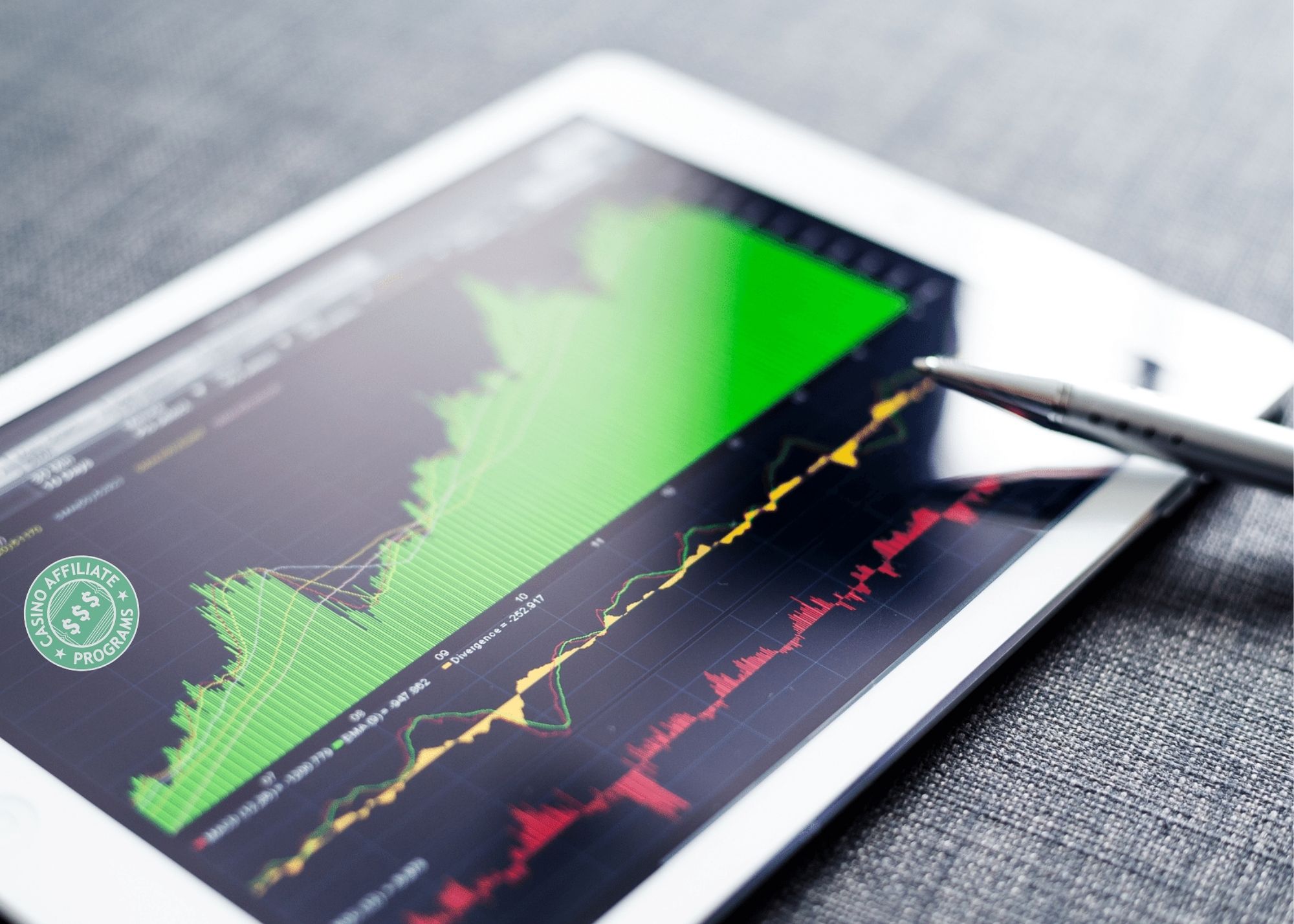
In the past, if you wanted to have your company listed on one of the many stock exchanges around the world, you would have undertaken an Initial Public Offering (IPO).
But in the fast-growing US market where billion-dollar acquisitions are a weekly occurrence, we have seen a new vehicle for driving investment emerge – Special Purpose Acquisition Company (SPAC).
SPACs are nothing new, but their prevalence in the US market is worthy of further investigation. Below, we look at how SPACs work, how they compare to IPOs and the pros and cons of each.
What is a SPAC?
A SPAC is a Special Purpose Acquisition Company. With a SPAC, your company exists only to merge with another from the start.
Pros
- Company goes public first and does not incur underwriting fees.
- Your company quickly reaches the market to obtain investors.
- Future revenue growth is the key metric.
- It’s easier and faster to merge a company into a SPAC.
Cons
- It could be difficult to agree with your “acquisition partner” on an initial valuation.
- A larger share of your business is surrendered to the investors writing the “blank checks” at first when you merge into an existing or new company. This can result in dilution of your shares and value of the same.
What is an IPO?
An Initial Public Offering (or IPO) is often also called a stock launch or “going public,” where shares of a company are sold to investors.
After the IPO, the shares in your company will be listed on one or more of the stock exchanges. An IPO is great for raising capital for investment in your business, expansion, and so on.
Pros
- Raise money through a public launch of your shares to an exchange.
- You hold the company privately initially, allowing you to secure your ownership before selling off shares to investors.
- Past performance can show a track record of success to investors.
Cons
- An investment bank will typically underwrite your IPO, charging a fee somewhere in the 5-7% range.
- Mergers and acquisitions can take a long time.
Differences Between an IPO and SPAC
The biggest difference between a SPAC and an IPO is the method for getting the company on the public market.
With a SPAC, your new company, which may simply be an idea or new product, is merged with another and taken immediately public.
Through an IPO, your previously privately-held company is “launched” public amid much fanfare (hopefully) to entice investors.
According to KPMG Advisory, since 2018, SPACs are up 33 percent compared to IPOs in the United States. More companies are building their futures around the SPAC model in the U.S., and this is certainly something we are seeing in the gaming and sports betting industry.